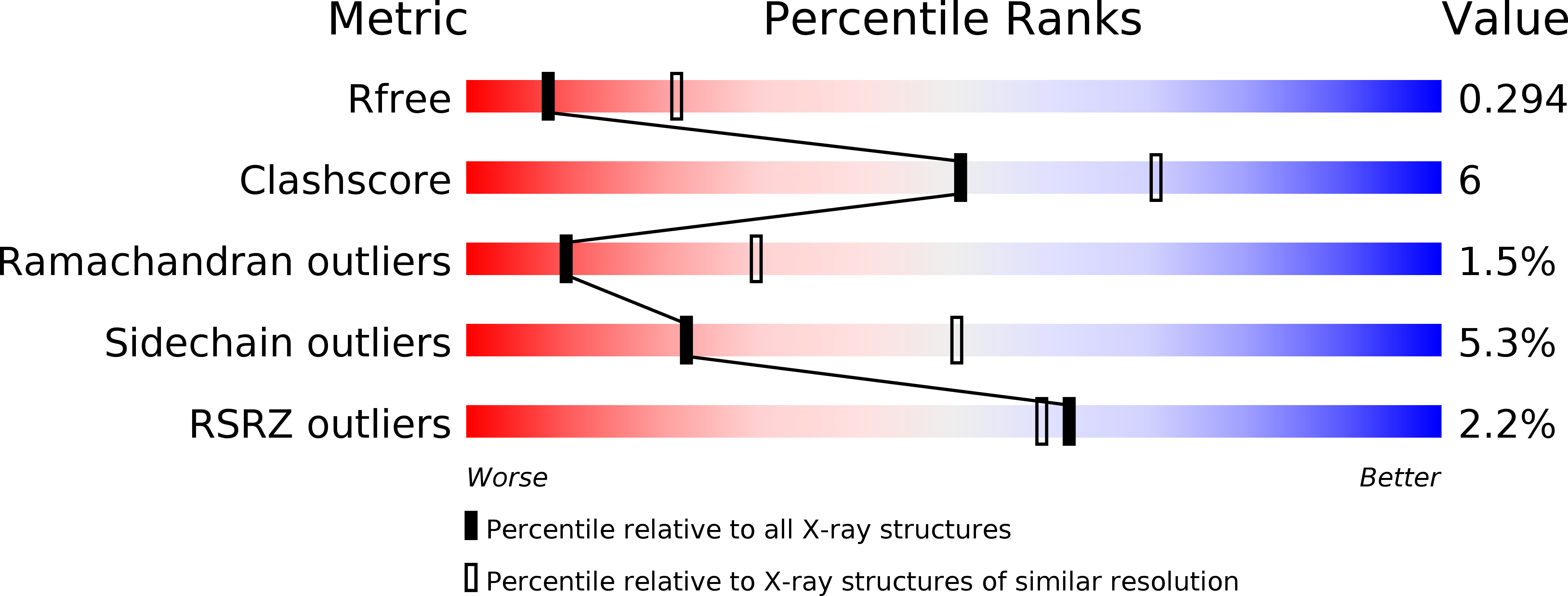
Deposition Date
2012-04-26
Release Date
2012-08-29
Last Version Date
2024-10-16
Entry Detail
PDB ID:
4EVN
Keywords:
Title:
Crystal Structure of Fab CR6261 (somatic heavy chain with germline-reverted light chain)
Biological Source:
Source Organism:
Homo sapiens (Taxon ID: 9606)
Host Organism:
Method Details:
Experimental Method:
Resolution:
2.85 Å
R-Value Free:
0.29
R-Value Work:
0.22
R-Value Observed:
0.23
Space Group:
P 1 21 1


